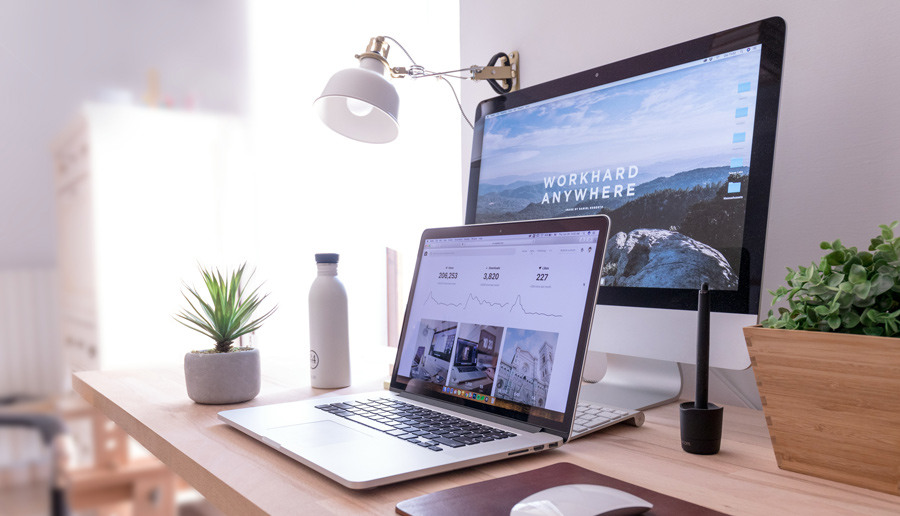The Power of Google’s Core Web Vitals: Enhancing Event Websites to Drive More Attendees
With Google’s ever-evolving search algorithms, the importance of having a well-optimized website cannot be overstated, especially for event organizers looking to boost attendance. Google’s Core Web Vitals—a set of performance metrics introduced to improve user experience on the web—play a critical role in determining how websites are ranked in search results. For event websites, understanding and optimizing for these Core Web Vitals can be the difference between an empty venue and a sold-out event.
This article explores how Core Web Vitals impact event websites and offers actionable strategies to enhance your site’s performance, ultimately driving more attendees to your events.

Understanding Core Web Vitals
Core Web Vitals are a subset of Google’s overall Page Experience metrics, focusing on three key aspects of user interaction: loading speed, interactivity, and visual stability. Each of these aspects directly influences how visitors perceive and interact with your event website, affecting their likelihood of attending.
Largest Contentful Paint (LCP)
This metric measures loading performance, specifically the time for the largest visible content element (such as images or text blocks) to load on a user’s screen. Google recommends an LCP of 2.5 seconds or less for an optimal user experience. For event websites, ensuring that important information like event dates, registration buttons, or key visuals load quickly is crucial for capturing visitor interest right away.
First Input Delay (FID)
FID measures the interactivity of your website, specifically the time it takes for the site to respond to the first user interaction, like clicking a button or link. A good FID is less than 100 milliseconds. If your event website is slow to respond, potential attendees might become frustrated and leave, reducing the chance of securing their participation.
Cumulative Layout Shift (CLS)
CLS measures the visual stability of your site by tracking unexpected shifts in layout as content loads. A good CLS score is less than 0.1. Event websites with poor visual stability can create a disorienting experience, making it difficult for visitors to find what they need, like ticket purchasing options, leading to lost attendance opportunities.
Core Web Vitals Impact On Event Attendance
 Google’s emphasis on Core Web Vitals reflects a broader push towards user-centric web experiences. Sites that meet these metrics are more likely to rank higher in search results, meaning better visibility for your events.
Google’s emphasis on Core Web Vitals reflects a broader push towards user-centric web experiences. Sites that meet these metrics are more likely to rank higher in search results, meaning better visibility for your events.
For event organizers, optimizing for Core Web Vitals is not just about pleasing Google’s algorithms—it’s about ensuring that potential attendees have a smooth and engaging experience on your site. Here’s how these metrics specifically influence event attendance:
-
Higher Rankings Lead to Increased Visibility: Google rewards sites that meet Core Web Vitals thresholds with higher rankings in search results. For event websites, this increased visibility can significantly boost organic traffic, leading to more potential attendees discovering your event.
-
Improved User Experience Boosts Engagement: A fast-loading, responsive, and visually stable website enhances user experience, encouraging visitors to spend more time exploring your event details. This increased engagement often translates to higher registration and ticket sales, as users find it easier and more pleasant to navigate your site.
- Reducing Bounce Rates: Websites that perform poorly on Core Web Vitals metrics often experience high bounce rates, meaning visitors leave the site quickly without taking action. By optimizing these metrics, you reduce the chances of losing potential attendees due to frustration or confusion caused by a slow or unstable site.
How to Optimize Your Event Website
To fully harness the power of Core Web Vitals and drive more attendees to your events, consider implementing the following strategies:
-
Optimize Images and Videos: Since large media files often cause slow loading times, ensure that all images and videos on your event site are optimized for web performance. Use modern formats like WebP for images and compress files without sacrificing quality. Lazy loading techniques can also help by deferring the loading of off-screen images until the user scrolls to them.
-
Enhance Server Response Time: Reducing server response times directly impacts your LCP score. Consider upgrading your hosting plan, utilizing a Content Delivery Network (CDN), or enabling caching to serve your website content faster. For event organizers, ensuring a swift server response means that key information loads quickly, maintaining user interest.
-
Minimize JavaScript Execution: Heavy JavaScript execution can delay your FID score. Optimize your JavaScript by removing unnecessary scripts, deferring non-essential elements, and breaking down larger tasks into smaller, asynchronous pieces. This approach ensures that users can interact with your site promptly, enhancing their overall experience.
-
Stabilize Visual Elements: Prevent layout shifts by setting size attributes for images, videos, and ads to avoid sudden changes in content flow as they load. This simple adjustment can significantly improve your CLS score, ensuring a smooth and predictable browsing experience for visitors.
- Conduct Regular Performance Audits: Use tools like Google’s PageSpeed Insights or Lighthouse to regularly audit your event website’s performance. These tools provide detailed insights into your Core Web Vitals scores and offer suggestions for improvement. Staying proactive with these audits ensures your website remains optimized, especially as Google’s criteria evolve.
Preparing for Your Next Event
Optimizing your event website for Google’s Core Web Vitals is more than a technical exercise—it’s a strategic move that enhances user experience, boosts search visibility, and ultimately drives more attendees to your events.
By focusing on the key metrics of loading speed, interactivity, and visual stability, event organizers can create a more engaging and efficient online presence that stands out in the crowded digital landscape. In the end, a well-optimized website doesn’t just satisfy Google’s algorithms; it satisfies the needs and expectations of your audience, setting the stage for a successful event.
Author: Danika Kimball
Danika is a ten-year veteran of the SEO industry and is based in Boise, Idaho. Outside of work, she enjoys playing video games and podcasting about The Bachelor.







